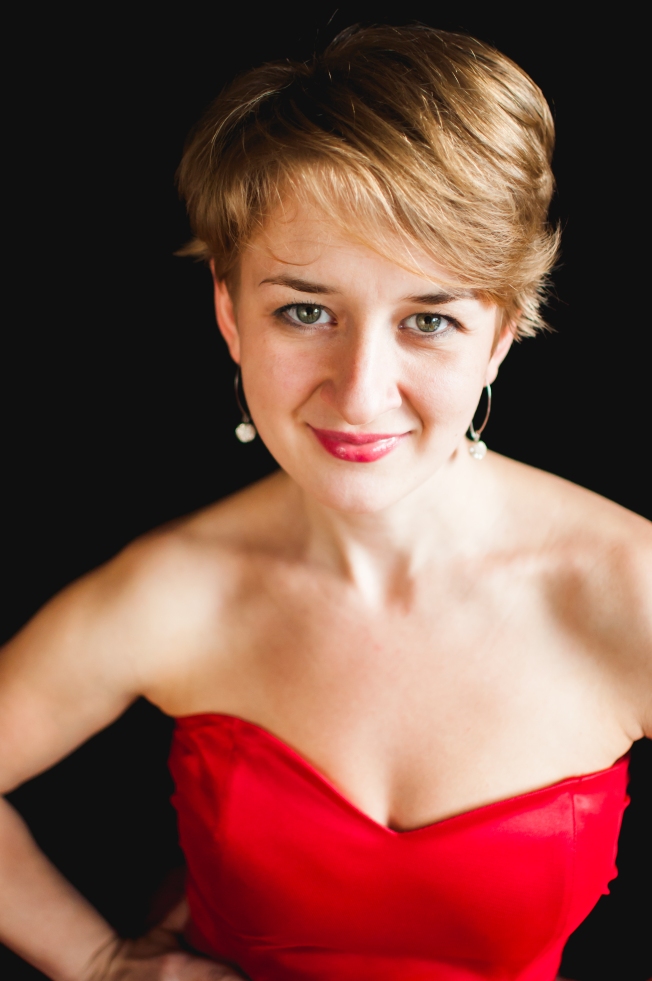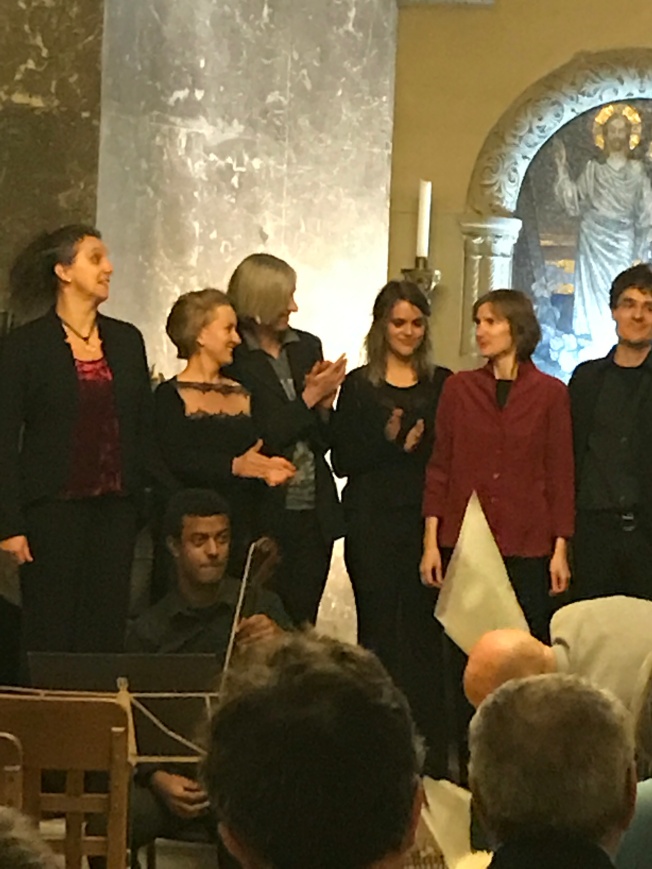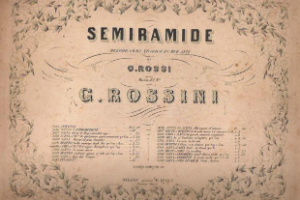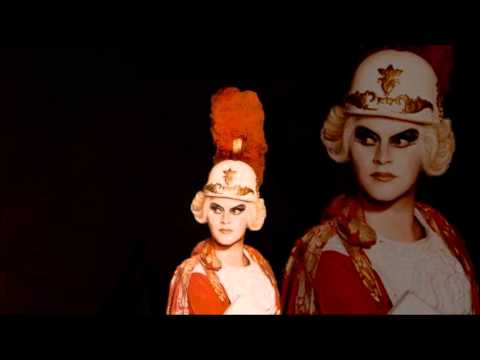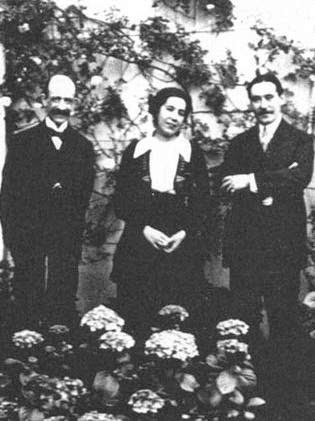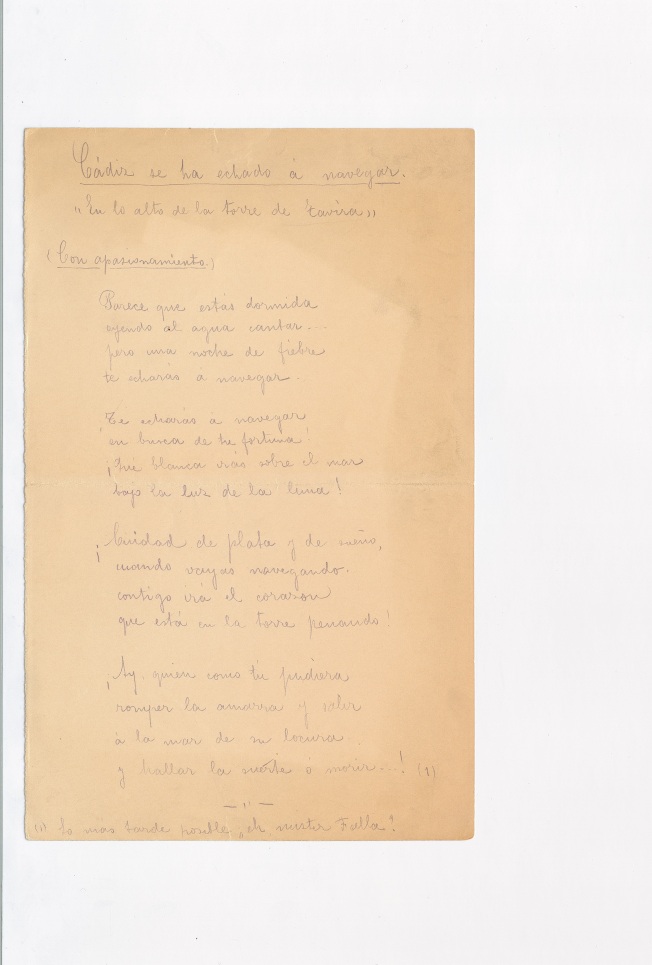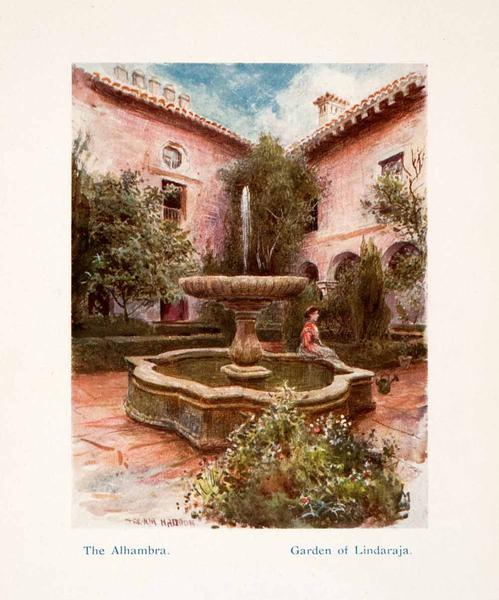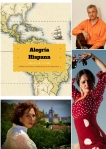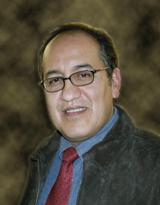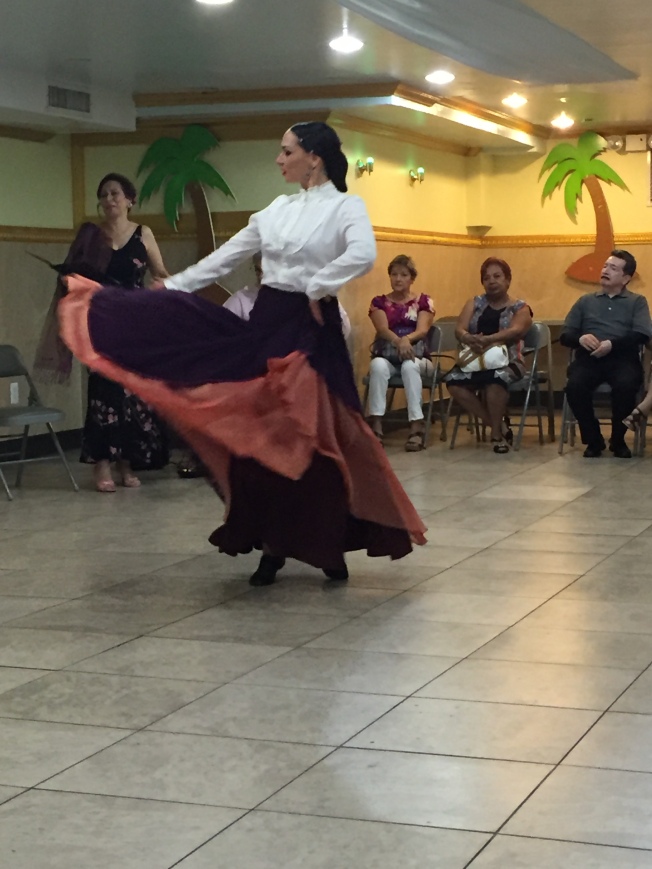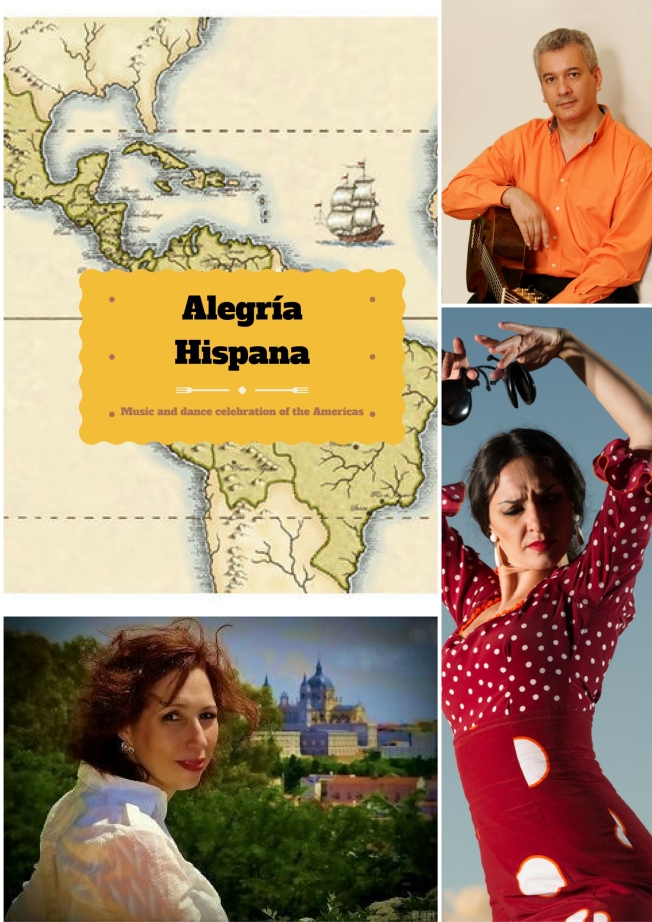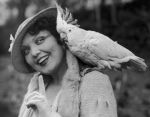
As a young singer in New York City, I received the opportunity to act in a small concert at the Thalia Theater in the borough of Queens, in New York City. The concert consisted of pieces from Spain’s operetta genre, called “zarzuela“. Not knowing anything about zarzuela, I began researching and more than anything, listening to singers from Spain that sang zarzuela. I found discs by Teresa Berganza (Zarzuela castiza released by Ensayo label being one of my all time favorites), Placido Domingo, Alfredo Krauss and Pilar Lorengar. But the album that I listened to most was the Victoria de los Angeles EMI release disc of zarzuela arias, containing all the principle pieces for female voice in the zarzuela genre, introduced to me by the pianist Pablo Zinger.
It was around this time that I became fascinated with the great Catalan mezzo soprano, Conchita Supervia. Thank goodness for the compact disc label “Pearl” with all her Odeon cylinder releases! Conchita had done a prodigious amount of recordings, including versions of Strauss’ Der Rosenkavalier in Italian, Samson and Delilah, all the major scenes from Bizet’s Carmen. She is credited as one of the first interpreters of the 20th century Rossini revival, in that she sang the role of Rosina in Il barbiere di Siviglia in the original mezzo soprano key.
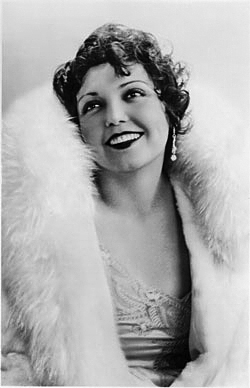
Conchita Supervia, an opera diva of the Art Deco era
Conchita was an active recitalist, and her archive of recordings documents the public’s taste (as well as her own) in programming in the 1920’s and 1930’s. There were many “pop” pieces that peppered her recordings recitals, detailing for me her love of pleasing her public. Curiously enough there are “song versions” of Granados’ Danza No. 5 and an Albéniz piano solo, which although dated, I think have a place and can please listeners nowadays. She also exposed songs in English in her charming accent, “Bring to me your coloured toys” by American composers John Carpenter.
I began singing zarzuela concerts in NYC with Los amigos de la Zarzuela at NYC Cami Hall in the 90’s, and started acquiring Conchita’s repertoire; the UME anthologies by voice type of zarzuela “romances” was still years away from editing. I relied on Classical Vocal reprints to acquire “Fué mi mare la gitana” from La chavala by Moreno Torroba, “Lagarteranas” from El Huesped del Sevillano, “Canción de la gitana” from El mal de amores. All pretty obscure stuff (I don’t know any singers in Spain that program these pieces!), and I really didn’t know any better. Conchita sang it, and that was good enough for me. I also got help finding these scores from Music Sales Ltd., they printed on demand old scores from the Union Musical Española catalog.
I found a fascinating song that she recorded called “Loa al fandanguillo”. It wasn’t from a zarzuela that I could tell. Very andalusian, Conchita interpreted the song with much “desgarro”, and it was loads of fun to listen to; I replayed it many times. I started corresponding with María Luz Gonzalez at Archivo la SGAE in Madrid, and she popped a copy for me via regular post.
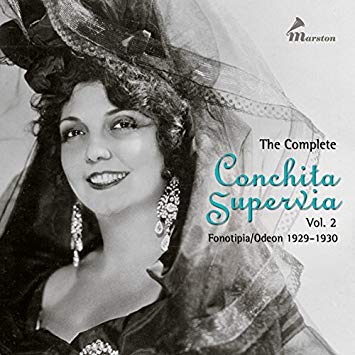
CD Album where you can listen to “De la serrania: Loa al fandanguillo”
Dated 1933, it said:
De la serranía; Loa al fandanguillo: canción para contralto; versos de Manuel Machado; música de Modesto Romero. It also said: “Creación de Conchita Supervía”. This leads me to believe that the song was a co creation between Supervia, M. Machado and Modesto Romero. Too bad we couldn’t be a fly on the wall during those sessions, in which she coaxed out of those two, this fun vocal vehicle for her gifts and vocalism!
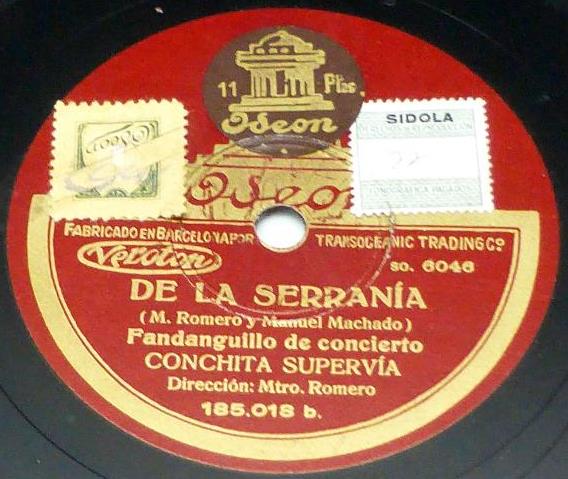
The LP says “Fandanguillo de concierto”, a title that does not appear on the printed score I have.
The recording has a section with castanets, but it first starts with a “llamada”, a calling to the artist (or flamenco dancer”) to come to the stage, followed by a syncopated 3/4 section. There are dramatic but fun chromatic transitions that lead into the “fandanguillo” section. Fandango is the flamenco “palo” of Huelva, a province in the south of Spain. The text is about “love gone wrong”. There are sections of stylized flamenco vocalises that use the whole range of the voice. The recording is with orchestra, with Modesto Romero at the podium. There is more information about this piece in this blog:
http://cancionypoema.blogspot.com/2014/10/manuel-machado-y-lamusica.html
The entire piece is a stylized “lyric” version of a “cante jondo” song. There was great interest in Spanish folklore, flamenco and “cante jondo” from the composers, authors and painters at the turn of the 20th century, this piece I feel is a product of this aesthetic and interest. I was told that this song enjoyed a vogue on Spanish radio by a zarzuela fan by the name of Mrs. Fuertes in NYC, a charming lady that later became my friend, who told me she had heard the song on the radio as a child. Again, the piece might feel dated to a Spaniard, or at the very least nostalgic. I don’t know of other singers that have taken up this piece in modern days. I actually see it as good vehicle for collaboration with a classical Spanish dancer.
I have performed “Loa al fandanguillo” three times in all these years; I bring it out once more at the 33rd annual gala of Los Amigos de la Zarzuela at Weill Recital Hall at Carnegie Hall this coming Sunday November 11, 2018 at 2 PM, with pianist Maxim Anikushin.
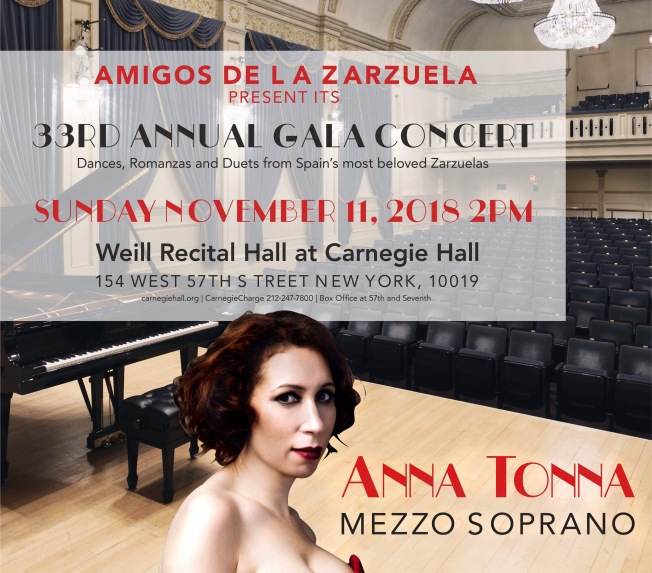
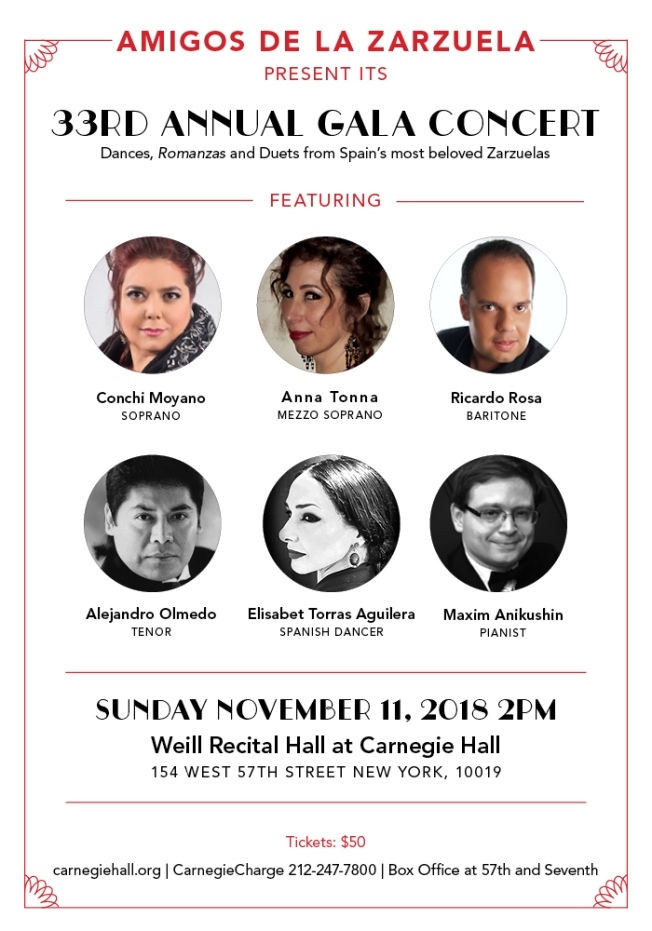
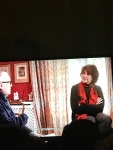



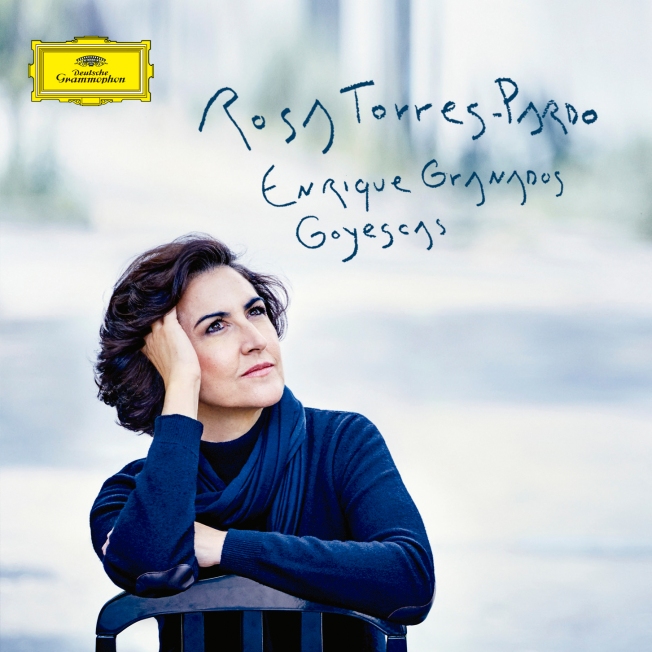






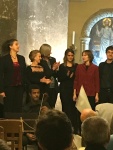
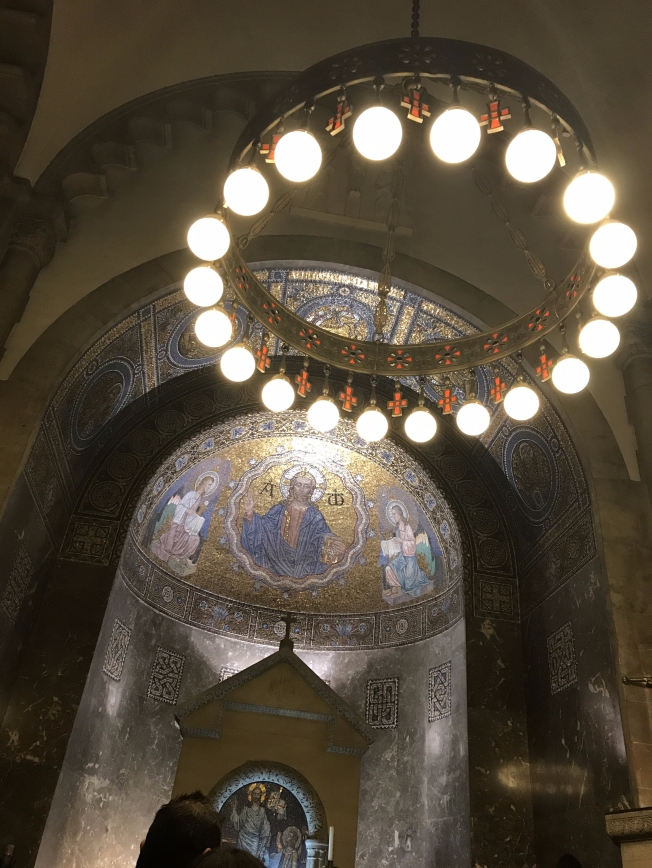
![IMG_9667[1]](https://spanishsongslinger.wordpress.com/wp-content/uploads/2017/10/img_96671.jpg?w=652)
